
Copernical Team
Xplore receives $2M contract from NSIC to accelerate Xcraft Platform Development
 Xplore Inc., a commercial space company providing Space as a Service, has announced it has received a $2M contract from National Security Innovation Capital (NSIC) within the Defense Innovation Unit (DIU) of the Department of Defense (DoD). This funding will accelerate the development of the Xcraft spacecraft platform, culminating with launch in 2023.
Lisa Rich, Founder and COO of Xplore s
Xplore Inc., a commercial space company providing Space as a Service, has announced it has received a $2M contract from National Security Innovation Capital (NSIC) within the Defense Innovation Unit (DIU) of the Department of Defense (DoD). This funding will accelerate the development of the Xcraft spacecraft platform, culminating with launch in 2023.
Lisa Rich, Founder and COO of Xplore s All-female crew in water-tank spaceflight study
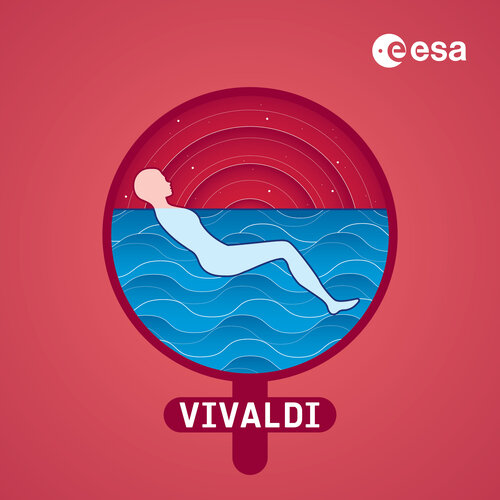
This week 20 women are tucking themselves in a waterbed for five days as part of a dry immersion study to recreate some of the effects of spaceflight on the body. The campaign kicked off yesterday with the first two subjects at the Medes space clinic in Toulouse, France.
Node 1 | Space Station 360 (in French with English subtitles available)
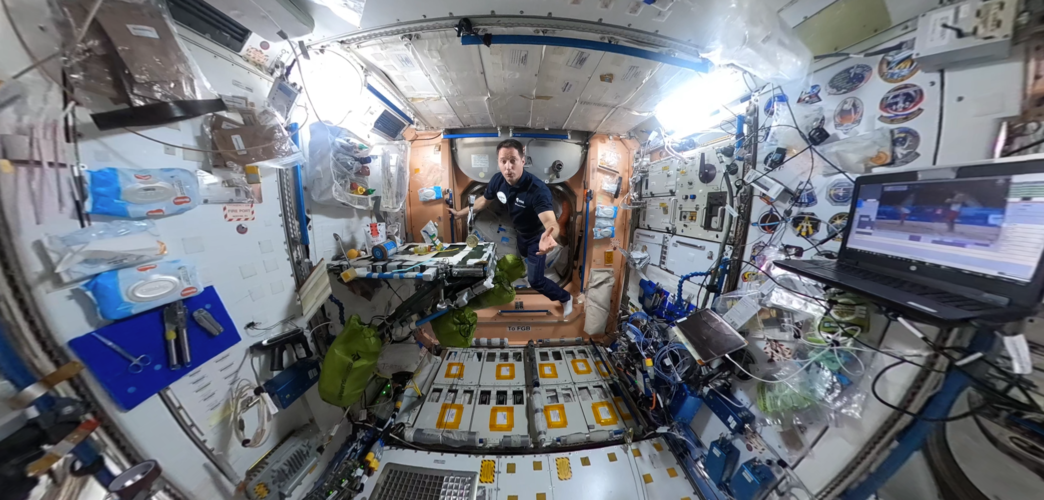 Video:
00:02:40
Video:
00:02:40
ESA astronaut Thomas Pesquet takes you on a tour of the International Space Station like no other. Filmed with a 360 camera, the Space Station 360 series lets you explore for yourself alongside Thomas’s explanation – episode five is NASA’s Node-1, also known as Unity.
Unity is the module that connects the Russian segment of the International Space Station to the other modules. Launched on 4 December 1998 inside Space Shuttle Endeavour, it was joined to the Russian Zarya module two days later, forming the basis of the International Space Station. The cylindrical module has six docking ports
Image: Gloomy moonscape created for rover test
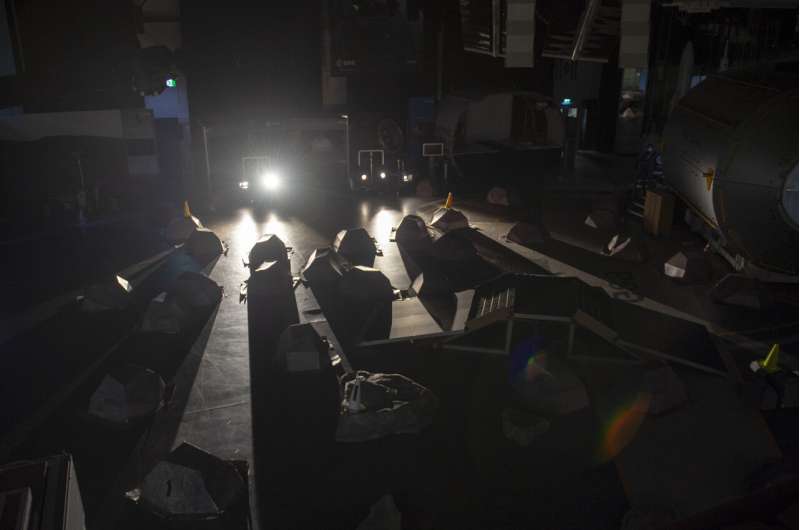
A sun barely peeking over a cratered horizon, casting long shadows across a rocky moonscape: ESA's Erasmus Innovation Center was transformed into an analog of the moon's polar regions, in a dress rehearsal for an international rover competition.
The Space Resources Challenge—supported by ESA and the European Space Resources Innovation Center (ESRIC) in Luxembourg- is asking European (and Canadian) researchers and institutions to develop and demonstrate a system of one or more vehicles capable of prospecting resources on the moon in the near future.
Some 13 teams have been selected to participate in the Challenge's first field test in November, with €375 000 in ESA contracts to be awarded to the five winners, with a larger prize pool on offer after a follow-on field test next year.
"The focus here is really on prospecting—pinpointing promising resources within a difficult lunar environment then characterizing them in as much detail as possible, such as through spectral analysis," comments Massimo Sabbatini, managing the Erasmus Center, part of ESA's ESTEC technical center in the Netherlands.
"We're preparing for the first rover field test in November, which will take place in a larger location, still to be disclosed, but we decided to try out the challenge for ourselves first, here at Erasmus.
Webb telescope to explore forming planetary systems
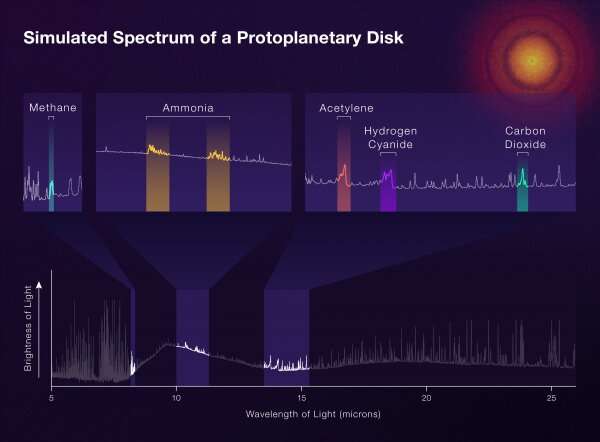
NASA Invites Media to Webb Telescope Prelaunch Events in French Guiana
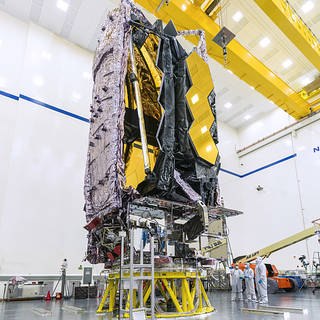 NASA invites members of the media to register their interest in attending events in French Guiana ahead of the launch of the James Webb Space Telescope, a mission led by NASA in partnership with the European and Canadian space agencies.
NASA invites members of the media to register their interest in attending events in French Guiana ahead of the launch of the James Webb Space Telescope, a mission led by NASA in partnership with the European and Canadian space agencies. Call for media: invitation to join pre-launch press programme to see James Webb Space Telescope at Europe’s Spaceport before launch

Media representatives are invited to join a pre-launch press programme from 4-6 November at Europe’s Spaceport in French Guiana, to see the international James Webb Space Telescope being prepared for launch in December 2021.
AFRL to showcase key programs, processes at Air, Space and Cyber Conference
 The Air Force Research Laboratory will showcase several areas including Department of the Air Force Vanguard programs, COVID-19 response efforts, innovative capabilities for base defense and palletized munitions plus several avenues for sharing ideas or capabilities with the lab during the Air Force Association's Air, Space and Cyber Conference in National Harbor, Maryland, Sept. 20-22, 2021.
The Air Force Research Laboratory will showcase several areas including Department of the Air Force Vanguard programs, COVID-19 response efforts, innovative capabilities for base defense and palletized munitions plus several avenues for sharing ideas or capabilities with the lab during the Air Force Association's Air, Space and Cyber Conference in National Harbor, Maryland, Sept. 20-22, 2021. How to catch a perfect wave: scientists take a closer look inside the perfect fluid
 Scientists have reported new clues to solving a cosmic conundrum: How the quark-gluon plasma - nature's perfect fluid - evolved into matter.
A few millionths of a second after the Big Bang, the early universe took on a strange new state: a subatomic soup called the quark-gluon plasma.
And just 15 years ago, an international team including researchers from the Relativistic Nuclear Col
Scientists have reported new clues to solving a cosmic conundrum: How the quark-gluon plasma - nature's perfect fluid - evolved into matter.
A few millionths of a second after the Big Bang, the early universe took on a strange new state: a subatomic soup called the quark-gluon plasma.
And just 15 years ago, an international team including researchers from the Relativistic Nuclear Col Guardians begin migration to Space Force CACs
 Space Force common access cards are being issued incrementally to Guardians after more than 18 months of collaboration across numerous organizations and five months of live testing with Guardians.
To produce a functioning USSF card, system and data owners across multiple agencies to include Air Force Personnel Center and the Defense Manpower Data Center, made critical systems changes to di
Space Force common access cards are being issued incrementally to Guardians after more than 18 months of collaboration across numerous organizations and five months of live testing with Guardians.
To produce a functioning USSF card, system and data owners across multiple agencies to include Air Force Personnel Center and the Defense Manpower Data Center, made critical systems changes to di 